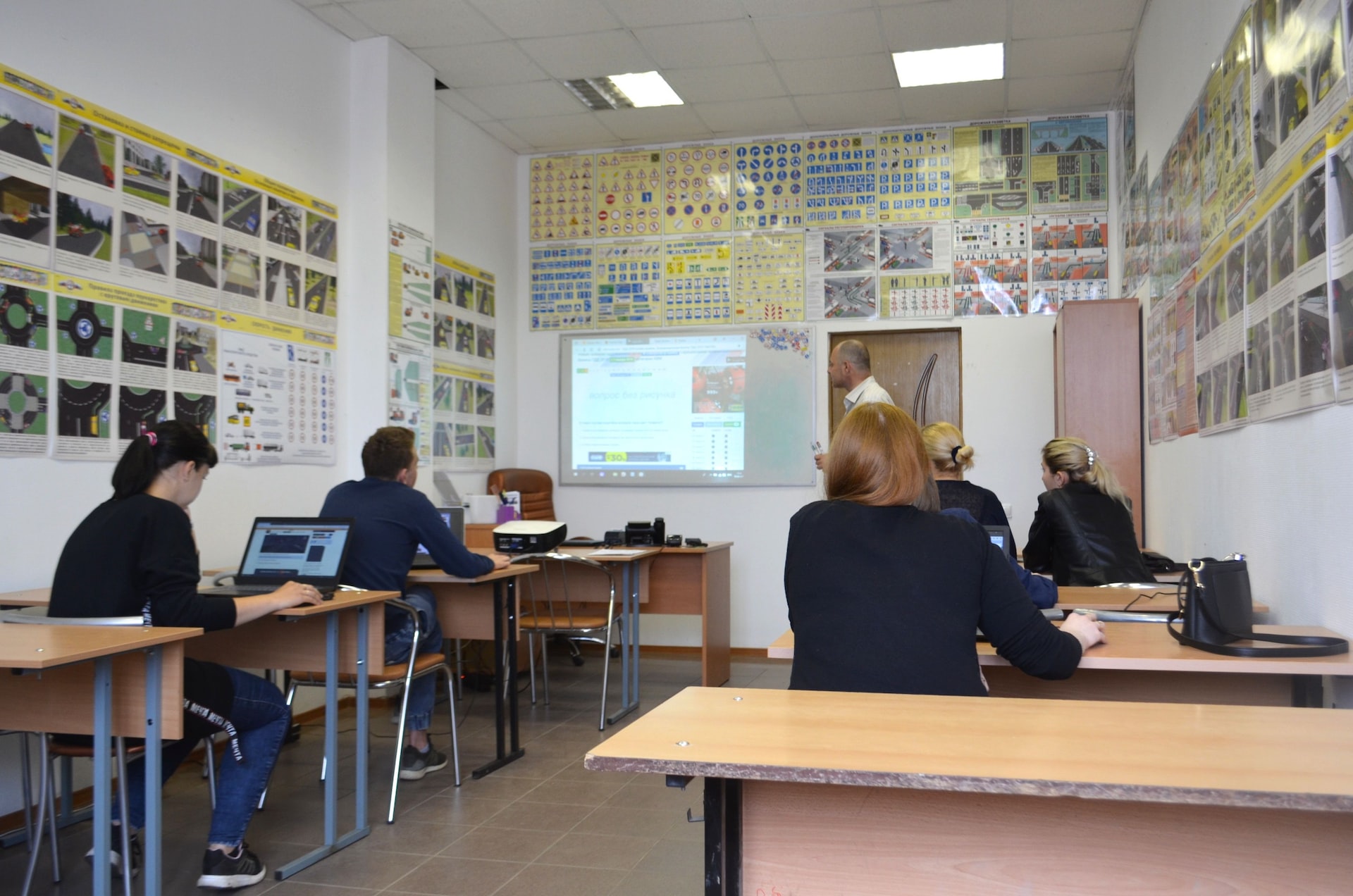
The digital age has brought about a revolution in how we learn and teach. With the proliferation of technology, the way we access information and the way we teach has changed drastically. As a result, teachers are facing new challenges in the digital age. In this article, we will look at the challenges of teaching in the digital age, as well as solutions to these challenges.
Accessibility of Technology
One of the major challenges faced by teachers in the digital age is the accessibility of technology. To effectively use technology in their classrooms, teachers must ensure that it is available to all students and that they can access it. This includes having access to the internet, as well as the means to obtain the necessary hardware and software needed to use technology. It also includes being able to maintain and troubleshoot the technology when needed. Furthermore, the cost of obtaining and maintaining this technology can be a burden to teachers and can put a strain on already limited school budgets.
Availability of Technology
The first challenge is the availability of technology. In order for teachers to use technology in the classroom, they need to make sure that the technology is available to all students. This includes having access to the internet, as well as having access to devices such as computers, tablets, and smartphones.
Cost of Technology
The Cost of Technology is a major challenge for teachers in the digital age. With the ever-increasing cost of hardware, software, and maintenance, it can be difficult for teachers to access the technology they need to effectively teach in the digital age. Additionally, the cost of technology can be a barrier to entry for students who may not have the financial resources to purchase the necessary technology. This can lead to an unequal playing field in the classroom, where students with access to technology have an advantage over those without. To address this challenge, teachers can look for cost-effective solutions such as open source software, free online learning platforms, and low-cost hardware options. Additionally, teachers can look for grants and other funding opportunities to help cover the cost of technology.
Increasing Student Expectations
Another challenge of teaching in the digital age is the increasing student expectations. Students are used to having access to technology and expect to be able to use it in the classroom. As a result, teachers need to be able to engage their students and keep them motivated.
Student Engagement
One of the main challenges of teaching in the digital age is student engagement. Teachers need to be able to keep their students interested and engaged in the lesson. This includes incorporating current events and real-world examples into the lesson. Teachers also need to provide opportunities for interaction and collaboration.
Student Attention Span
Another challenge is the student attention span. With the proliferation of technology, students have become used to short bursts of information, and it can be difficult to keep their attention for long periods of time. Teachers need to be able to keep their students focused on the task at hand.
Keeping Students Motivated
Finally, teachers need to be able to keep their students motivated. This includes setting realistic goals and providing positive feedback. Teachers need to be able to recognize and reward their students for their hard work and dedication.
Professional Development
In addition to the challenges of teaching in the digital age, teachers also face the challenge of professional development. In order to effectively use technology in the classroom, teachers need to be able to keep up with the latest technologies. This includes researching new technologies and understanding the benefits of these technologies. Teachers also need to be able to access training and support in order to effectively implement these technologies in the classroom.
Solutions to the Challenges of Teaching in the Digital Age
In order to effectively teach in the digital age, teachers need to be able to find solutions to the challenges they face. There are several solutions that teachers can use to address the challenges of teaching in the digital age.
Leveraging Technology
One of the most effective solutions to the challenges of teaching in the digital age is leveraging technology to its full potential. This includes making use of digital learning platforms such as online learning and digital textbooks to engage students and provide them with relevant content. Additionally, teachers can use technology to enhance lessons and incorporate technology into assignments. Teachers should also take advantage of professional learning communities, which can provide valuable resources and support in understanding and implementing the latest technologies. Finally, professional development courses allow teachers to stay up to date with the latest technologies and become better equipped to effectively use technology in the classroom.
Creating Engaging Lessons
Another solution to the challenges of teaching in the digital age is creating engaging lessons. Teachers need to be able to develop content that is relevant to their students and incorporate different learning styles. This includes providing visual, auditory, and kinesthetic learning opportunities.
Professional Development
Finally, teachers need to be able to access professional development opportunities. This includes joining professional learning communities and taking professional development courses. These courses can help teachers stay up to date on the latest technologies and provide them with the resources and support they need to effectively use technology in the classroom.
Conclusion
The digital age has brought about a revolution in how we learn and teach. As a result, teachers are facing new challenges in the digital age. These challenges include the accessibility of technology, increasing student expectations, and professional development. However, there are solutions to these challenges. Teachers can leverage technology, create engaging lessons, and access professional development opportunities in order to address the challenges of teaching in the digital age.